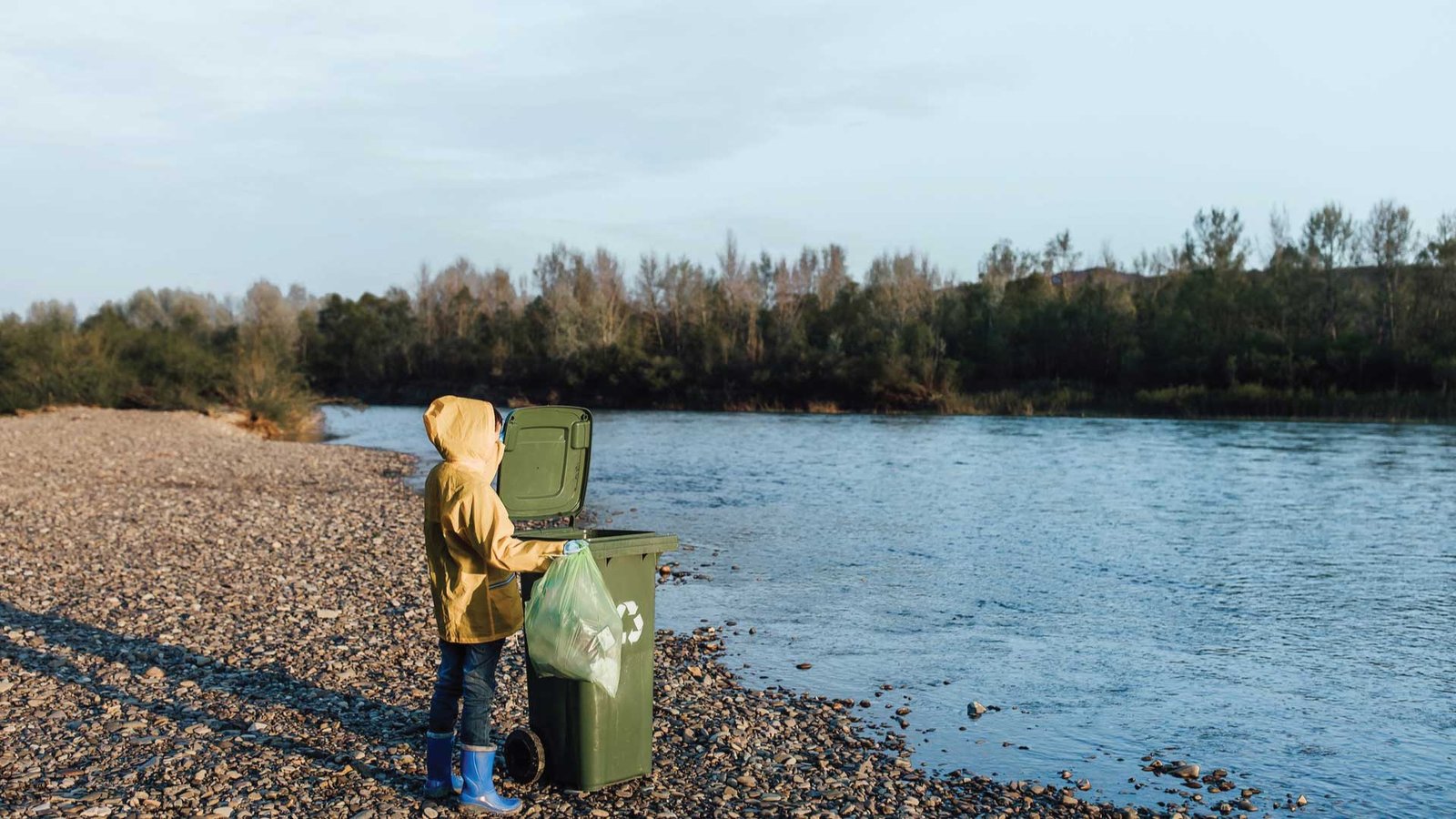Why mangroves matter more than ever: Coastal ecosystems are the new frontline in ocean and climate resilience.
The issue of ocean resilience and health restoration is no longer a subject of scholarly discourse. All the sectors relying on the blue economy have their business levels of security, income, and growth being directly impacted by the marine ecosystems’ health. Leaders no longer need to ask whether to act, but rather, how swiftly and at which dimension.
Table of Contents:
Ocean health at a crossroads
Coastal ecosystems as strategic assets
Rethinking restoration models
Building resilience through collaboration
The future of marine restoration
A leadership imperative
Ocean health at a crossroads
The oceans are being pushed to the limits. The marine systems face the threat of resilience through rising sea levels, acidity, and loss of biodiversity. These risks spread to all industries, including fisheries and shipping, coastal real estate, and energy infrastructure. There has been a list of conventional conservation interventions, which have failed because they tend to focus on the symptoms and not on the creation of the systems that would be resistant to shock in the future. We must have an approach to strengthen the ocean’s resilience to climate change that foresees risks rather than prioritizing response.
Coastal ecosystems as strategic assets
No longer are mangroves and salt marshes, seagrasses and coral reefs regarded as nature or ecological jewels. They have assumed the category of critical infrastructure by providing the services, including:
- Vast blue carbon stores of carbon sequestration
- Stabilization of shores, loss of storm damage, and erosion
- Fish stocks that are important to the food security of the world: Habitat provision to fish stocks
The ocean resilience that is characterized by adaptive capacity is made up of its marine biodiversity. These natural barriers are vital in a climate-volatile world, as much as seawalls are a cost-effective way of protection for industries and people.
Restoration continues to be permanently underfunded, to the order of less than 1 percent of overall climate finance. Local initiatives are not able to reduce the rate of degradation, which is increasing. Our future is in innovation: the use of artificial intelligence to monitor the coral reefs, bioengineering of stronger strains of coral, and satellite mapping of ecosystem health to keep abreast of it in real-time. Southeast Asia case studies revealed that restoration of mangroves through digital management may result in the increased survival of the projects by threefold and offer high carbon credits to investors. In order to activate the potential of such initiatives, we need to change our vision of restoration as not only an environmental necessity but a critical business investment.
Building resilience through collaboration
Multi-stakeholder involvement is needed in scalable restoration. Effective in-development building of ocean resilience to climate change is increasingly paying more attention to:
- Resource contribution in large-scale habitats through the use of public-private Habitat restoration partnerships
- Insurance-linked financing to price lower climate risk into premiums
- Blue economy systems that are circular and that include the local people in the restoration and revenue sharing
The returns of such frameworks being successful are tangible. The economic argument has been proven, as coastal development in the Caribbean that included mangrove buffers has reported less storm damage and more stable values and prices of properties.
The future of marine restoration
In the next decade, digital twins, AI, and anticipatory analytics will streamline the process of monitoring and managing the health of marine populations. Finite goals will be established with the creation of blue carbon markets, which put dollar values on restored habitats. Nature-positive infrastructure will form a central (ESG-reporting and climate-risk) pillar. Early adopters of the pathway to ocean health and resilience will acquire the regulatory goodwill and also achieve operational security.
- Integrate the ocean resilience and health restoration in the corporate strategy, not the CSR.
- Exposing the map chain supplier to eroded beach life.
- Focus on the scalable and technology-attractive restoration project.
- Partner with the governments, NGOs, and financial markets to conserve marine biodiversity.
The issue of coastal ecosystems is not a marginal environmental problem. They are grounded in the resilience of industries, communities, and economies. The answer to the executives is clear: are you and your organization part of the solution to the renewal of marine ecosystem health, or are you part of the problem by reacting to the increasing threats of its degradation?
Discover the latest trends and insights—explore the Business Insights Journal for up-to-date strategies and industry breakthroughs!

